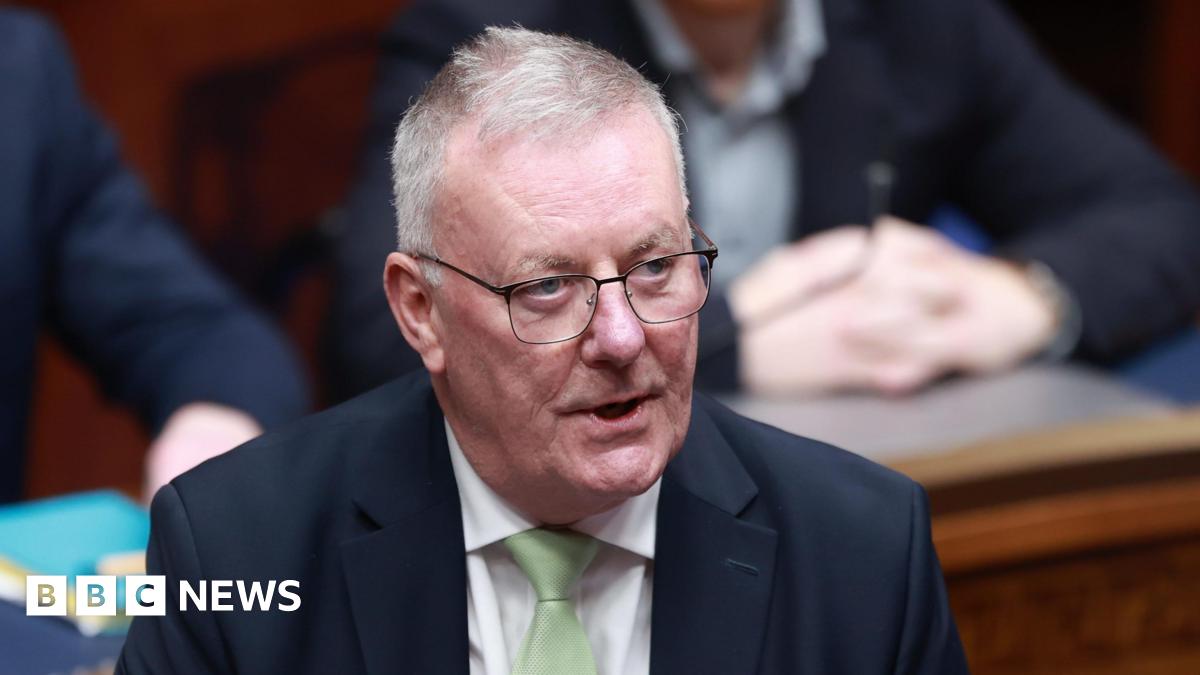Cuomo's Mental Health Record: A Closer Look at Promises and Progress

With the Democratic primary just a month away, Andrew Cuomo maintains a significant lead in the polls. Should he secure the nomination and ultimately win the general election, he’ll face a multitude of challenges. Among these, his record on mental health—a critical issue for New Yorkers—deserves a thorough examination. While Cuomo has often emphasized the importance of mental health awareness and increased funding, a deeper dive reveals a more complex picture of progress and persistent gaps.
The Rhetoric vs. Reality
Cuomo has consistently championed mental health initiatives, frequently speaking about the need to reduce stigma and expand access to care. His administration has touted increased funding for mental health services across the state, including expansions of community-based programs and crisis intervention teams. However, critics argue that these investments haven't always translated into tangible improvements for those who need them most.
One key area of concern is the availability of beds in psychiatric facilities. Despite increased funding, New York continues to grapple with a shortage of beds, particularly for individuals requiring acute care. This lack of capacity often leads to lengthy emergency room waits and delays in accessing treatment, exacerbating mental health crises.
Specific Initiatives and Their Impact
The Cuomo administration has implemented several specific programs aimed at addressing mental health challenges. These include the “New York State Office of Mental Health’s (OMH) Behavioral Health Services in Schools” initiative, which aims to provide mental health support to students. While this program has shown promise, its reach remains limited, and many schools still lack adequate resources.
Another notable initiative is the expansion of mobile crisis teams, which respond to mental health emergencies in the community. These teams can provide on-site assessment and intervention, diverting individuals away from hospitals and potentially reducing the burden on law enforcement. However, the availability of mobile crisis teams remains uneven across the state.
Challenges and Future Directions
Despite these efforts, significant challenges remain. The COVID-19 pandemic has significantly exacerbated mental health issues, with increased rates of anxiety, depression, and substance abuse. Addressing this surge in demand will require a sustained and coordinated response.
Furthermore, systemic inequities in access to mental health care persist. Individuals from marginalized communities, particularly those living in rural areas or facing financial hardship, often encounter significant barriers to accessing treatment. Efforts to address these disparities are crucial.
Looking ahead, a Cuomo administration would need to prioritize:
- Expanding Bed Capacity: Investing in the construction of new psychiatric facilities and incentivizing existing hospitals to increase their mental health bed capacity.
- Strengthening the Workforce: Addressing the shortage of mental health professionals through recruitment and training programs.
- Improving Integration of Care: Ensuring seamless coordination between mental health services, primary care, and social services.
- Addressing Social Determinants of Health: Recognizing that factors like poverty, housing instability, and discrimination significantly impact mental health and addressing these underlying issues.
Ultimately, evaluating Cuomo’s mental health record requires a nuanced perspective. While he has made strides in raising awareness and increasing funding, significant gaps remain. The next chapter for New York’s mental health system will depend on whether future leadership can build upon these foundations and address the persistent challenges that continue to impact the well-being of countless New Yorkers.






